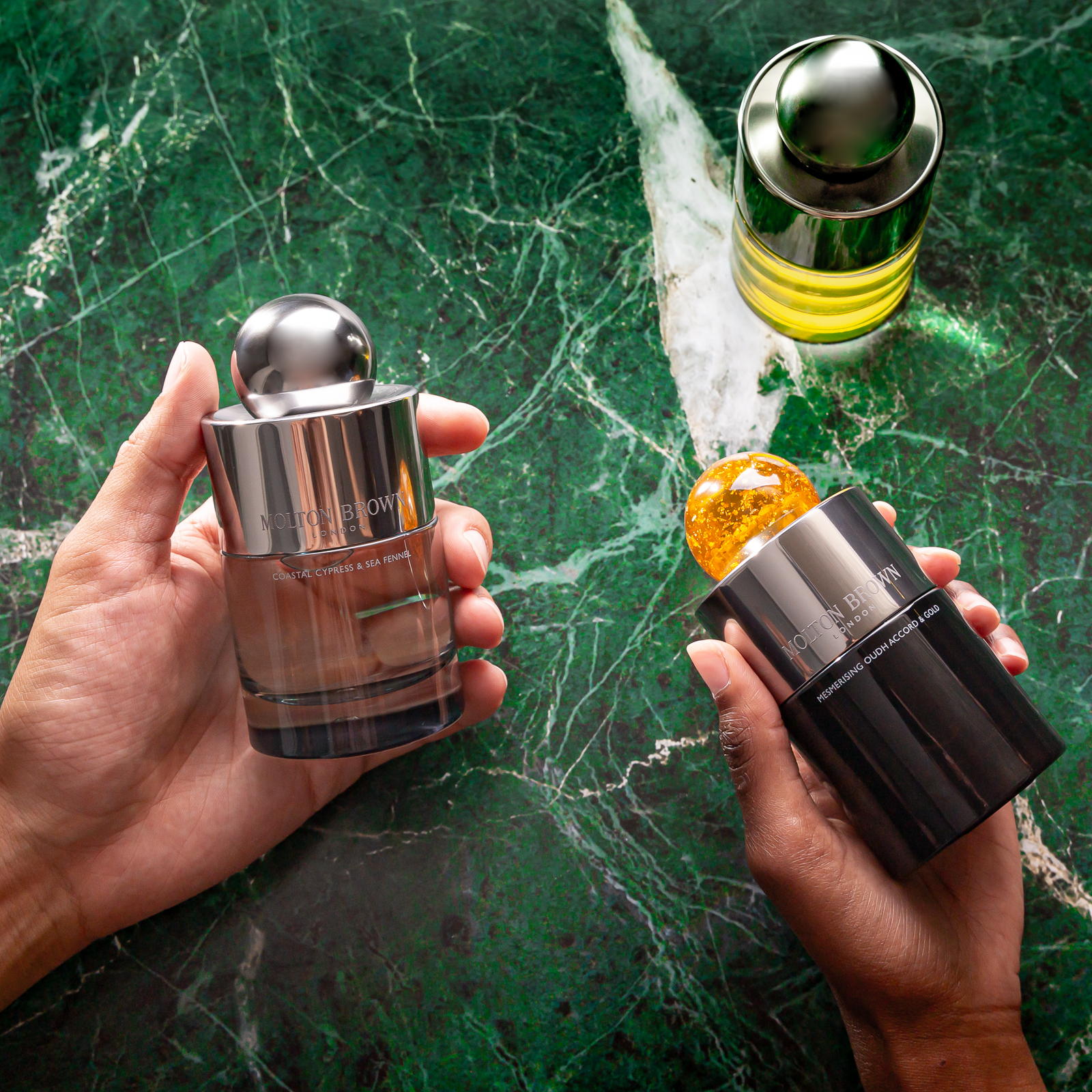

THE PROBLEM:
The Molton Brown finne fragrance category was not performing to expectations. The scents were created by master perfumers, using ingredients of the highest quality. But the perfumes just weren’t selling.
The reason was packaging:

THE PROBLEM:
The Molton Brown finne fragrance category was not performing to expectations. The scents were created by master perfumers, using ingredients of the highest quality. But the perfumes just weren’t selling.
The reason was packaging:
Get unlimited access to latest industry news, 27,000+ articles and case studies.
Have an account? Sign in